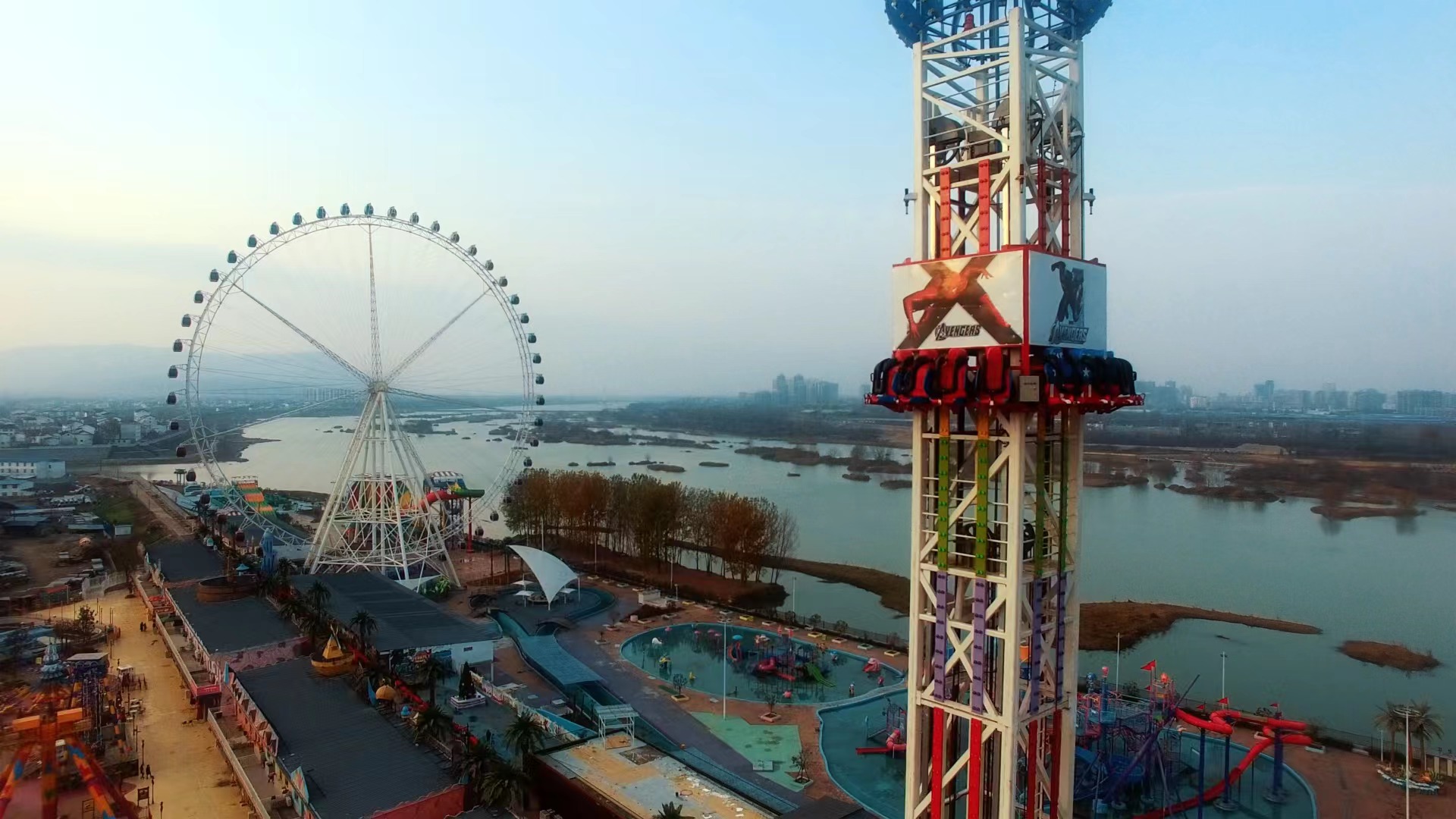- Albanian
- Arabic
- Belarusian
- Bengali
- Czech
- English
- French
- German
- Hebrew
- Hungarian
- Indonesian
- irish
- Italian
- Japanese
- kazakh
- Persian
- Russian
- Thai
- Uzbek
- Vietnamese
The History and Evolution of the First Roller Coaster Experience
The First Roller Coaster A Journey Through Time
The thrill of roller coasters has captured the imaginations of thrill-seekers for over a century
. But how did this exhilarating ride come into existence? Let’s take a journey back to the early 19th century to explore the origins of the first roller coaster and its evolution over time.The story begins in the late 1700s with the Russian Mountains, a type of wooden slide that was built in Russia. These structures were often made of wood and had gentle slopes that allowed riders to slide down on sledges. The concept of sliding down a hill quickly gained popularity across Europe, leading to the development of gravity-driven rides. However, it wasn't until the United States entered the scene that the roller coaster would transform into what we know and love today.
In 1884, LaMarcus Adna Thompson, an ingenious inventor, opened what is widely recognized as the first roller coaster in America, called the Switchback Railway. Thompson's creation was a simple wooden structure built at Coney Island in Brooklyn, New York. It featured a 600-foot long track with gentle hills and costs only five cents for a ride. The design was based on the earlier Russian Mountains concept, but Thompson's adaptation utilized a more organized and structured approach to the ride experience.
The Switchback Railway was significant not just for its design but also for its impact on amusement parks across the United States. It laid the groundwork for future developments in roller coaster design and technology. As the popularity of amusements began to rise, various inventors and designers sought to create more thrilling rides, introducing features like loops and corkscrews that would elevate the excitement for riders.
the first roller coaster

By the turn of the 20th century, roller coasters began to evolve rapidly. The first looped roller coaster, Aerial Steam Railway, debuted in 1898 in the amusement park at Atlantic City, New Jersey. The loops were a groundbreaking addition, pushing the boundaries of what a roller coaster could offer. This innovation was soon followed by the introduction of steel roller coasters in the 1950s, which allowed for smoother rides and more complex designs.
The rise of steel roller coasters coincided with the increasing popularity of amusement parks, leading to the establishment of iconic parks such as Disneyland and Six Flags. These parks capitalized on the roller coaster craze, creating record-breaking rides that catered to the thrill-seeking public. Coasters with towering heights, twisting loops, and breathtaking speeds became the norm, redefining what it meant to seek adventure.
By the late 20th century and into the 21st century, roller coasters became not just rides but grand spectacles. Engineers and designers pushed the limits of technology, resulting in coasters that were taller, faster, and more intricate than ever. Notable examples include Kingda Ka in New Jersey, which, at 456 feet high, is the tallest roller coaster in the world, and Formula Rossa in Abu Dhabi, which holds the title for the fastest roller coaster, reaching speeds up to 149 mph.
Today, roller coasters are a vital part of the amusement park experience, drawing millions of visitors each year. The thrill of the ride continues to evolve, with new technologies such as virtual reality (VR) enhancements adding layers of excitement and immersion. As we stand on the brink of more innovations, the legacy of LaMarcus Adna Thompson's Switchback Railway endures, reminding us of the origins of this beloved attraction.
In conclusion, the journey from the first roller coaster to the modern marvels of today is a testament to human creativity and engineering prowess. What began as a simple slide has transformed into a global phenomenon, uniting people in their quest for thrill and exhilaration. So, the next time you buckle in for a roller coaster ride, remember the historical roots that made this exhilarating experience possible.
-
Flume Ride-Hebei Zhipao Amusement Equipment Manufacturing Co., Ltd.|Thrilling Water Attraction&Customizable DesignJul.30,2025
-
Flume Ride - Hebei Zhipao Amusement Equipment | Water Coaster, Thrilling DescentJul.30,2025
-
Flume Ride - Hebei Zhipao | Thrilling Water AttractionJul.30,2025
-
Flume Ride: Thrilling Water Attraction by Hebei Zhipao|Log Flume Manufacturers&Flume Ride DesignJul.30,2025
-
Flume Ride-Hebei Zhipao Amusement Equipment Manufacturing Co., Ltd.|Thrilling Water Coaster, Safe DesignJul.30,2025
-
Flume Ride-Hebei Zhipao Amusement Equipment Manufacturing Co., Ltd.|Thrilling Water Attraction, Safe DesignJul.30,2025
